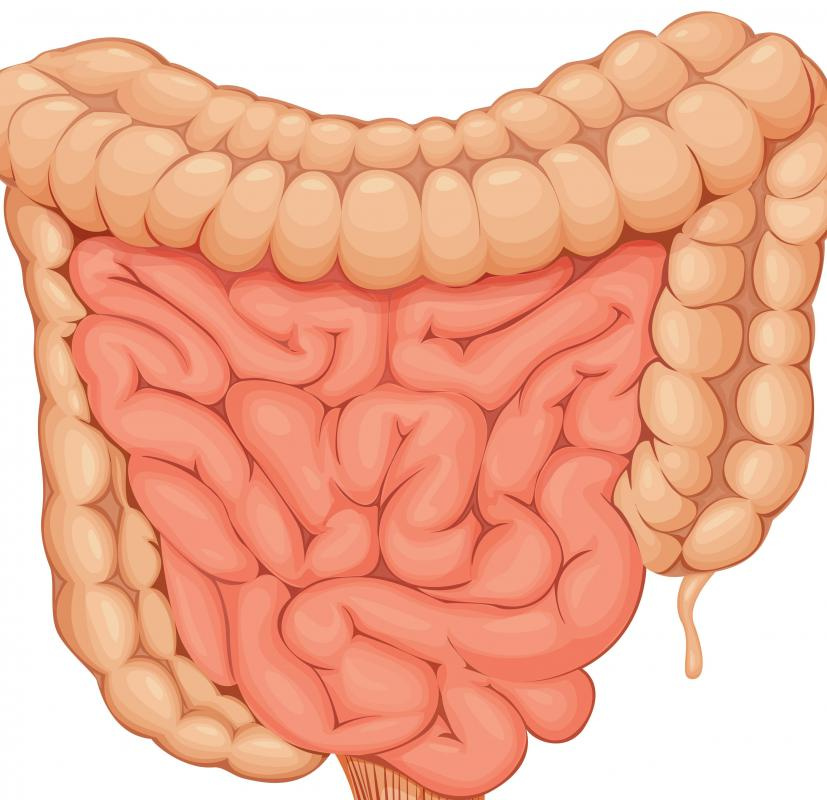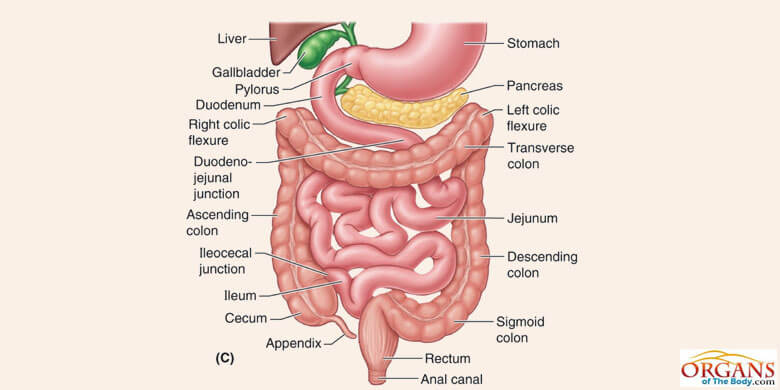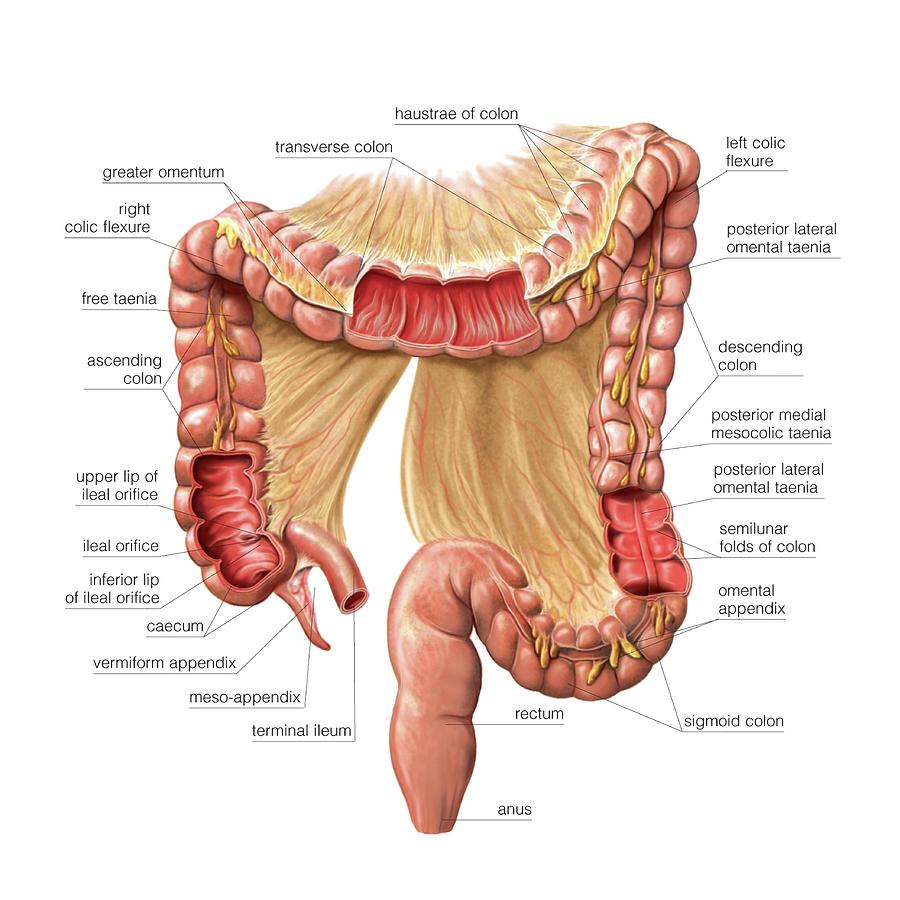Find Out 20+ Truths Of Where Small And Large Intestine Connect People Missed to Tell You.
Where Small And Large Intestine Connect | It increases in diameter here, too, to allow food to go from the small intestine to the large intestine. It is connected to the small intestine by a section of bowel called the cecum. The kidneys contains millions of tiny filtering units called. The study authors emphasize that measurements of intestinal length are rare. It is about 20ft or 6metres long. The video includes gross anatomy of small intestine, large intestine, their parts and comparison. It starts from where the ileum ends, ascends upwards and passes across the top of. The kidneys contains millions of tiny filtering units called. The intestine is a muscular tube which extends from the lower end of your stomach to your anus, the lower opening of the ileum is where most of the nutrients from your food are absorbed before emptying into the large intestine. (ascending, transverse, descending) the ascending colon carries waste to the transverse colon, which absorbs water and. Most absorption of nutrients and water happen in the intestines. The large intestine frames these three parts of the small intestine. Its length alone provides a large surface area for digestion and absorption, and that area is further increased by. The large intestine is one of the most important and least understood parts of the digestive system. The small intestine is thin, only approximately 2.5 cm or 1 inch in width, though it is extremely long, somewhere from 6 to 7.6 m or 20 to 25 feet in length in the average adult. The small intestine is much smaller in diameter, but is much longer and more massive than the large intestine. Food is broken down into smaller and smaller particles. The intestine is also where most water is absorbed, via osmosis. 1 what does the small intestine look like? The longest (up to 34 feet) and narrowest part of digestive tract, small where does most of the absorption of the nutrients take place? It connects with the small intestine at the cecum, ascends up and across the abdomen and then descends down to the rectum. Prior to defecation, a small. The large intestine is the terminal portion of the gastrointestinal tract and is derived from the midgut the large intestine is composed of the same four histological layers of the alimentary canal. The human appendix has no known function and is thought to. In an average adult, the large intestine is about 1.5m long and 5cm wide. Prior to defecation, a small. Webmd's intestines anatomy page provides a detailed image and definition of the intestines. The small intestine or small bowel is an organ in the gastrointestinal tract where most of the absorption of nutrients and minerals from food takes place. The only way the small intestine can fit into our the small intestine is where most digestion takes place. The small intestine is a tube that is connected to the large intestine on one end and the stomach on the other end. The longest (up to 34 feet) and narrowest part of digestive tract, small where does most of the absorption of the nutrients take place? It lies between the stomach and large intestine, and receives bile and pancreatic juice through the pancreatic duct to aid in digestion. Together with the esophagus, large intestine, and the stomach, it forms the blood vessels connect the liver to the rest of the body and in this way the nutrients can reach all of the body's tissues. They are connected to the posterior wall of the abdomen by the mesentery, a thin vascular membrane. The small intestine and large intestine are connected. (ascending, transverse, descending) the ascending colon carries waste to the transverse colon, which absorbs water and. The large intestine frames these three parts of the small intestine. Webmd's intestines anatomy page provides a detailed image and definition of the intestines. The small intestine is made up of the duodenum, jejunum, and ileum. The large intestine represents the end of the digestive tract. It is small intestine which, though small in diameter, is the longest part of the. Most absorption of nutrients and water happen in the intestines. Both the tubes are interconnected, as well important components of the digestive system, but they can be differentiated in many ways. Although there are huge differences in size and complexity among taxa, in all species the large intestine is involved in three functions: The longest (up to 34 feet) and narrowest part of digestive tract, small where does most of the absorption of the nutrients take place? Colon is found in large intestine. The small intestine is made up of the duodenum, jejunum, and ileum. It connects with the small intestine at the cecum, ascends up and across the abdomen and then descends down to the rectum. The large intestine is larger in diameter than the small intestine. The intestine is also where most water is absorbed, via osmosis. The human appendix has no known function and is thought to. Together with the esophagus, large intestine, and the stomach, it forms the blood vessels connect the liver to the rest of the body and in this way the nutrients can reach all of the body's tissues. Both the tubes are interconnected, as well important components of the digestive system, but they can be differentiated in many ways. The small intestine is thin, only approximately 2.5 cm or 1 inch in width, though it is extremely long, somewhere from 6 to 7.6 m or 20 to 25 feet in length in the average adult. The last section of the small intestine is called the ileum and the beginning if the colon or large intestine is the caecum. It is narrow and tubular part occupying the central and answer: It consists of the caecumappendixcolon and rectum. The intestines are located inferior to the stomach in the abdominal body cavity. Large intestine starts from the place where the small intestine ends, while small intestine is present between large intestine and stomach.


Where Small And Large Intestine Connect: This tubular structure is sometimes known as large bowel or the large intestine as a single unit covers the abdominal cavity.
0 Tanggapan